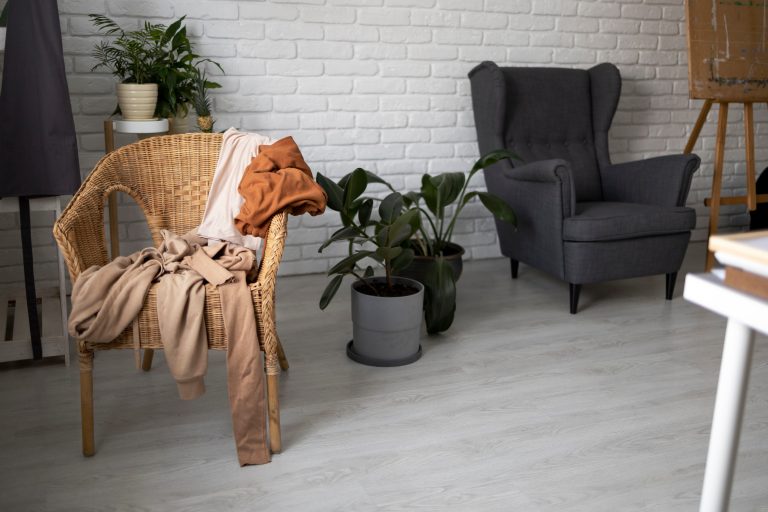Smart homes are becoming the standard in modern living, and your flooring plays a bigger role in that system than most people realize. Choosing the right material ensures your home’s floor heating, sensors, smart thermostats, and humidity controls work properly — and last longer.
If you’re planning a renovation or installing new floors, this guide from Danzco Hardwood Flooring — https://danzcohardwoodfloors.com/ will help you choose materials that are compatible with today’s smart-home technology.
1. Why Flooring Matters in a Smart Home
Your flooring affects:
✔ Heat Transfer
Smart thermostats and radiant heat systems need flooring that conducts heat evenly.
✔ Sensor Accuracy
Flooring that traps heat or moisture can create false readings.
✔ Durability of the System
Some materials can crack, dry out, or warp under constant temperature changes.
The right choice keeps your smart home efficient and reliable.
2. Best Flooring Materials for Smart Homes
① Solid & Engineered Hardwood
Hardwood is stylish and timeless — but engineered hardwood is the best match for heated floors and sensors.
Works well with:
- Radiant heating
- Smart thermostats
- Humidity sensors
- HVAC monitoring systems
Most stable wood types:
- Oak
- Maple
- Ash
- Cherry
Tip: Engineered hardwood is more stable than solid wood when exposed to heat.
② Engineered Hardwood (Top Choice for Smart Homes)
Engineered hardwood is the safest, most compatible option for heated floors.
Benefits:
- Handles temperature changes
- Less expansion and contraction
- Works with most smart-home sensors
- Provides a real hardwood look
③ Luxury Vinyl Plank (LVP)
Modern LVP works surprisingly well with smart systems.
Pros:
- Good heat transfer
- Water-resistant
- Durable in high-use areas
- Sensor-friendly
Note: Cheap vinyl can warp under high heat — stick to high-quality products.
④ Laminate Flooring
Works with heated floors if moisture is controlled.
Pros:
- Affordable
- Works with sensors
- Easy installation
Cons:
- Sensitive to moisture
- Can cause humidity sensors to react incorrectly
⑤ Ceramic & Porcelain Tile
The best material for radiant heating systems.
Benefits:
- Excellent heat transfer
- Fully compatible with all sensors
- Lifetime durability
- No risk of warping
Great for bathrooms, kitchens, and basements in smart homes.
3. Best Materials for Underfloor Heating
Top 3 choices:
- Engineered Hardwood
- Tile (porcelain/ceramic)
- High-quality LVP
Avoid:
- Softwoods
- Carpet
- Cheap laminate
4. How Flooring Affects Smart Sensors
Smart homes use:
- Temperature sensors
- Humidity sensors
- Motion detectors
- Smart thermostats
- Floor-pressure sensors
Hardwood: stable, good accuracy
Tile: excellent heat transfer
LVP: neutral and consistent
Laminate: may trap moisture underneath
5. How to Choose the Right Flooring
✔ Want premium + tech-friendly?
Engineered Hardwood
✔ Want perfect heat performance?
Tile
✔ Want durable + affordable?
LVP
For professional guidance, visit:
🔗 https://danzcohardwoodfloors.com/
📞 (410) 788-5919





